Within a day of returning the 2022 Jeep Wagoneer Series II, the amazing creators at Not Just Bikes posted a video that cut through every line in the SUV apologist’s quip book.
Why is it recommended viewing? It covers people’s actual needs versus marketing hype, specific laws, and demographic shifts that have enabled ever-larger vehicles to put North Americans in everyday risk of becoming skidplate fodder.
I get it: corporations that don’t pursue profit as a #1 motive have to do business differently and—for automakers, at least—that’s a near-impossible ask.
In the face of adding more safety features to new vehicles, pedestrian fatality and road crash numbers continue to be unacceptably high, fleet fuel economy improvements aren’t as good as they could be1 because of increased SUV sales, and people’s average monthly payments are ballooning to all-time highs.
All week while driving the Wagoneer, and noticing tons of glances from motorists and passengers who looked predominantly (99.99%) white and middle-aged, I wondered:
“Why do people want this / Do people actually want this?”
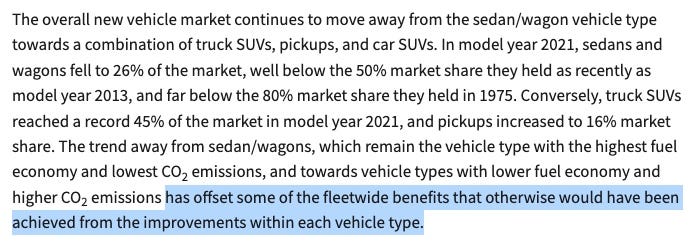
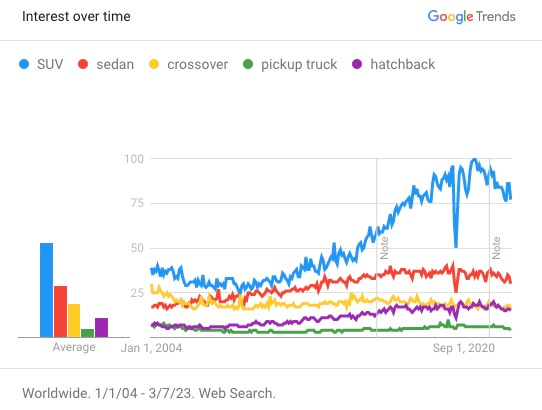
I consulted as much publicly available information2 as possible, nothing that Google Search Trends shows a huge rise in people searching for terms containing “SUV” over other types of vehicles. (The same is true on YouTube searches.)
Specifically for the Wagoneer, I took at look at the long-running resource goodcarbadcar.net and compared 2021, 2022, and 2023 model years, and realized that after its first full year, the large Wagoneer was only ~4,000 sales shy of the smaller and much more affordable, just-ended-production 5-passenger Cherokee.
If you include the dimensionally identical but more luxurious Grand Wagoneer, the models easily outsold the less expensive, outgoing Cherokee—again, in the Wagoneer’s first full year on sale in the U.S. Official sources confirm this.
Browsing YouTube from dozens of Wagoneer and Grand Wagoneer review videos, plus hashtag searches on Instagram and the comments sections of other Wagoneer reviews, I looked for comments that seemed to be from actual owners…along the way finding a few gems, spats, and “bUt EvS aRe PoWeReD bY cOaL aNd ThE eNvIrOnMeNt Is FuCkEd AnYwAy” opinions.
Why? I do this for every vehicle I drive to get a sense of who it appeals to—for the Wagoneer, this includes at least one former airline pilot:

People seem to like it—and if Wagoneer sales continue to grow to match similar truck-based offerings from Ford, Lincoln, Chevrolet, GMC, and Cadillac, it’ll be a long-term winner.
Does that mean the rest of us are losers?
From behind the wheel, both sides of my brain were confused about why these ever-larger vehicles (and the Wagoneer in particular) are more successful than ever. They’re not efficient. They are terrible to drive at low speeds. They don’t ride very well. They’re over-complicated and fitted with features that should either be standard, given the price, or left off the spec sheet entirely.
Worse, thanks to the way fuel economy, safety standards, and tax laws are structured in the U.S., large vehicles classed as Light Trucks have serious baked-in advantages.
Standards for efficiency and occupant safety allow manufacturers to pile on added features (and price) without worrying too much about the underlying engineering challenges (and costs) associated with packaging more features, safety, and efficiency into smaller vehicles and EVs that no longer sell as well as larger vehicles.
Large SUVs often tout themselves as having the advantages of pickup trucks (capability, relative safety, ruggedness, towing/hauling), along with those of minivans (passenger capability, family friendliness, ease of use).
But reality—again, watch the Not Just Bikes video for a crash course—is far different.
The best and most practical “Jeep Wagoneer”, in my opinion, would be something like a rebadged Mercedes-Benz Sprinter with 4WD. Given the popularity of overlanding, with established companies like Quigley Motor Company converting large commercial-oriented vans such as the Ford Transit and E-Series, Mercedes-Benz Sprinter, and Nissan NV, I don’t think the idea of a luxury Jeep 4x4 van based on a Ram ProMaster is too much of a stretch.
(Did I mention that the smaller Jeep Cherokee already shares its “Fiat Compact” platform with the Chrysler minivans?)
Before we get too hung up on this idea, the point to this story is just beyond the AI rendering I created using Midourney of large and luxurious Jeep vans, below.
Thank you for reading may I drive your car! This post is public so feel free to share it.
All to say, if and when I have access to drive these large vehicles from manufacturers, readers, Turo, whatever—how should I cover them? What do you want to see from me?
As an independent creator, the Wagoneer was the first vehicle I’ve borrowed from Stellantis in years, and I’m not confident quotes from my upcoming short review will be featured in any future commercials. At some point, it could become an easy call for any PR team to remove me from the list and avoid any future headaches.
I believe that any multi-billion dollar automaker should be tough enough to weather negative reviews (especially those on an independent Substack blog), but because of interpersonal relationships, corporate budget allocation, and the chain of command within manufacturers, it’s PR team’s actual job to earn positive—not honest or insightful—brand mentions and coverage.
Simply, if they think someone else’s coverage will be easier on the eyes and/or have more impact than mine, why should I be clogging up the calendar and their performance reviews with less-than-positive 1-week test drives?
It’s important to be clear: I’m reviewing the Wagoneer because it interests me and I’m curious as to how living with one relates to life in 2023. They offered, I accepted a few weeks later from the company’s fleet provider, sparkling clean and full with 100 liters (26.5 U.S. gal.) of fuel. I returned it clean on the inside and full of fuel.
Ultimately, the experience was illustrative and I’m happy for the opportunity to review it…but don’t expect much truck or large vehicle coverage here in the future unless something really grabs my attention or is too silly to pass up. I wanted to drive the Wagoneer simply because I didn’t know what to expect—I’ve driven similarly large vehicles, but not recently.
I suspect that if I drive them sporadically, it’s no big deal from a reader’s perspective: I suspect you’re into my work because of my trailblazing dislike of large SUVs, anyway. ;)
Sales data and industry analysts agree I’m just going to have to deal with it: large vehicles aren’t going anywhere in North America, and their market share is increasing pretty much everywhere. Why? They’re driving automaker profits.
Speaking to Business Insider, Tyson Jominy, VP Automotive Consulting at J.D. Power was recently quoted as saying that the situation in the U.S. is “profit-maximizing behavior due to the supply chain crisis. It’s not indicative of demand, which is very strong below $30,000”.
Bonus for investors: if automakers build fewer smaller vehicles, data will “prove” the market wanted it all along…or, at least that people are somehow stomaching ever-higher payments.
With regulations and laws as they are, the pendulum is rigged to keep swinging toward passenger vehicles ballooning in size, complexity…and profit-earning potential. Resistance seems futile.
If you love smaller vehicles, safe roads, and want to delay the full impact of rising global temperatures due to man-made climate change, your voice and resistance to these trends has never been more crucial.
At the same time, I think it’s important for all of us to occasionally try products from outside of our comfort zones so we’re able to speak from experience.
Look for my short review on the Jeep Wagoneer Series II soon—leave nothing but your likes, comments, shares…and maybe a li’l gas money. :)
via “Highlights of the Automotive Trends Report”, epa.gov; https://www.epa.gov/automotive-trends/highlights-automotive-trends-report ↩
All data is from the US market and the 2022 calendar year, unless otherwise noted. ↩




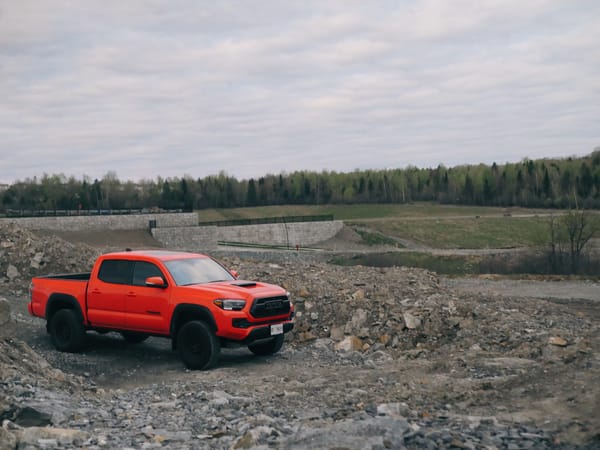
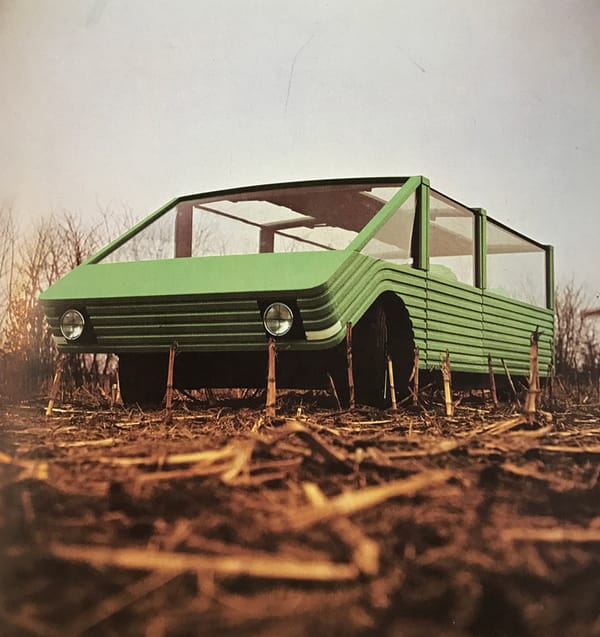
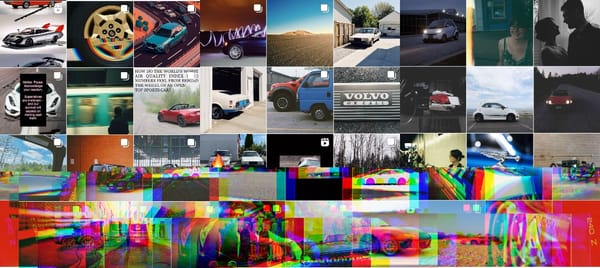
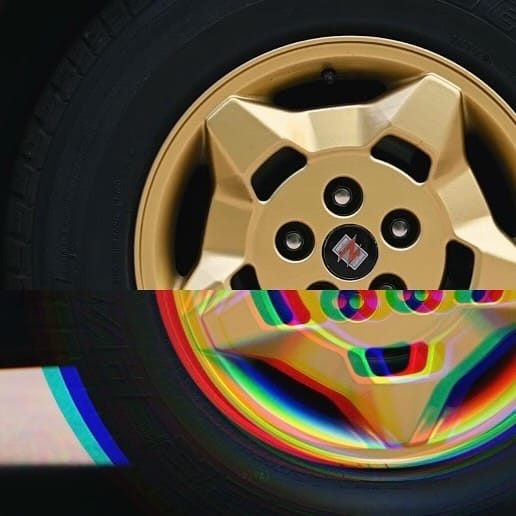
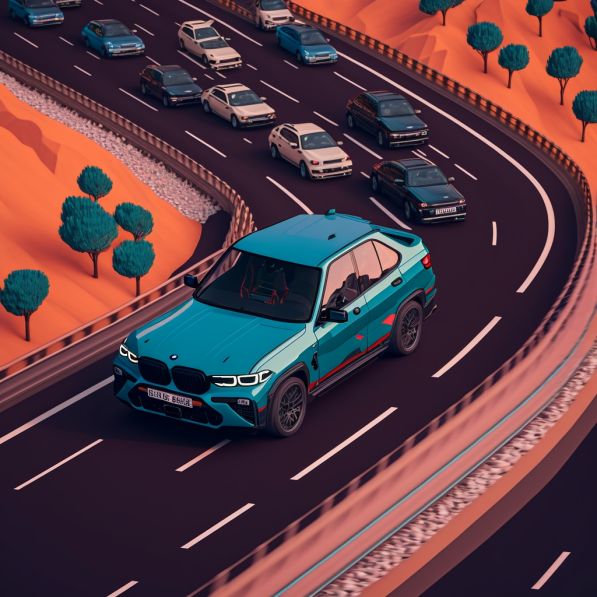
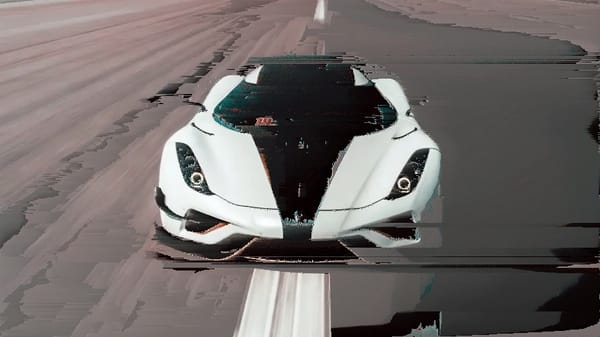
Member discussion